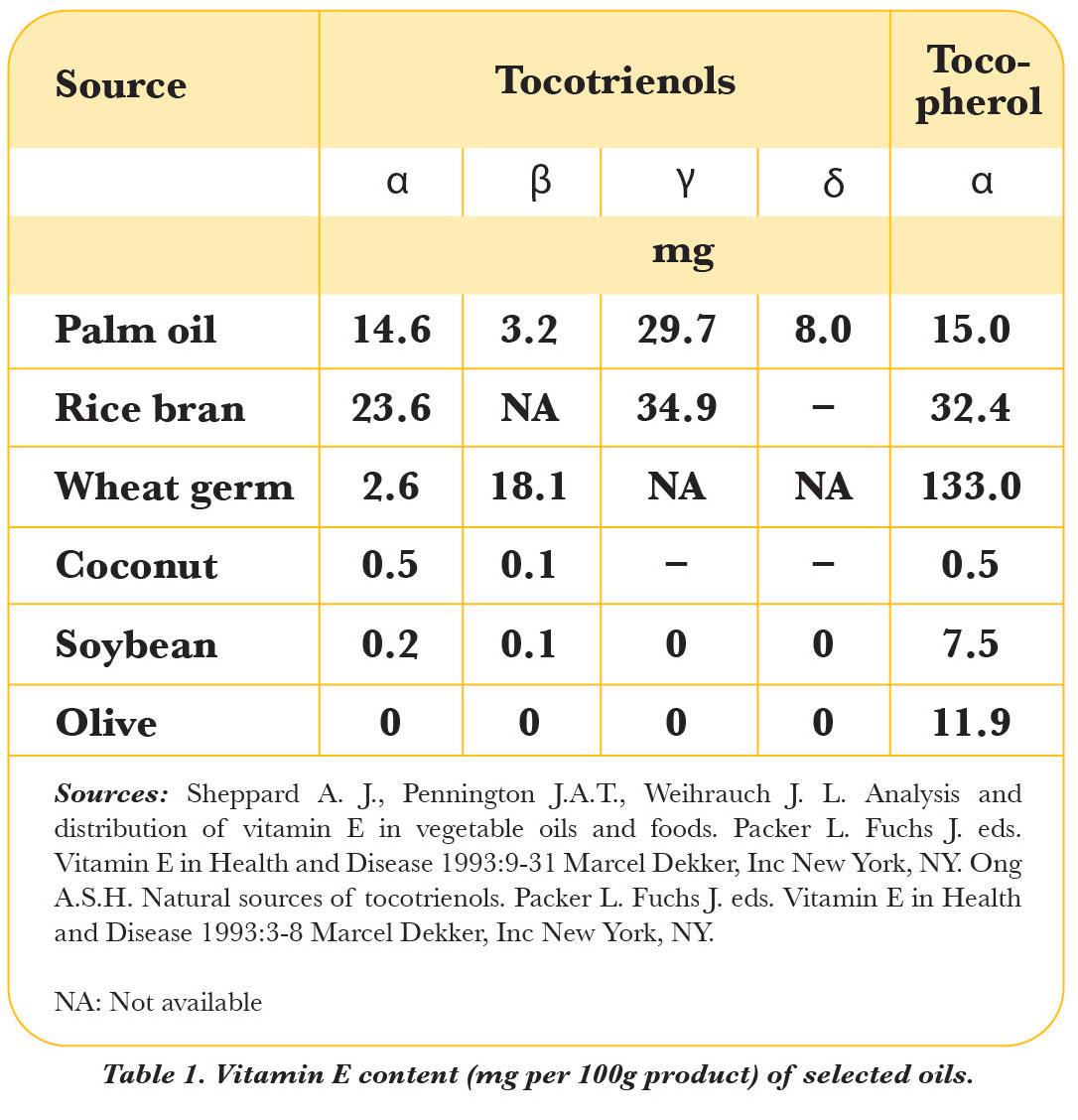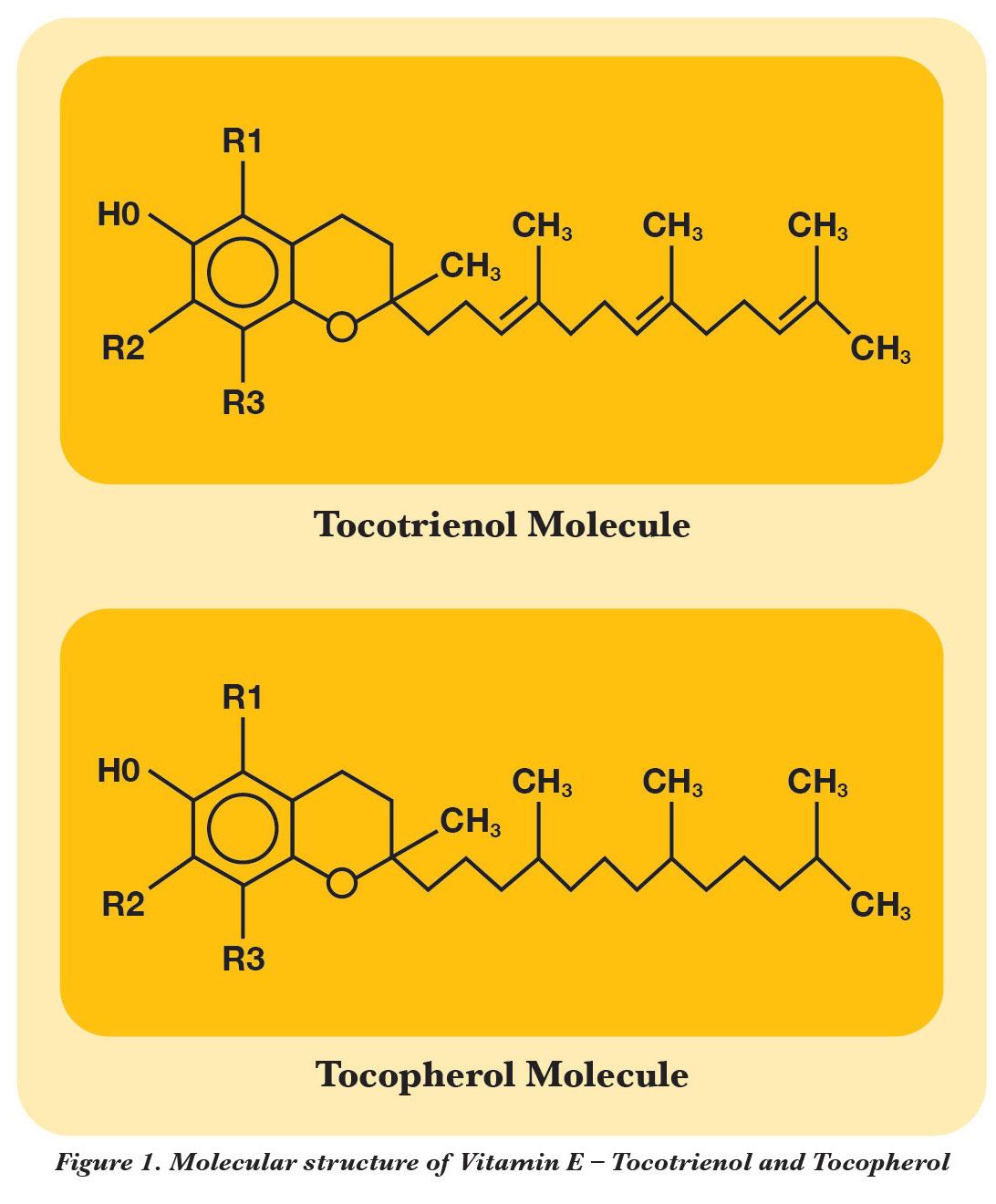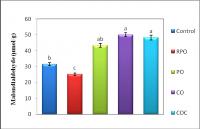Inaut
Member
- Joined
- Nov 29, 2017
- Messages
- 3,620
I've been using this oil recently to see what effects, if any, I will get from it.
I am mainly ingesting it as a source of saturated fat and for the vitamin e content (in the form of tocopherol and tocotrienols). Mostly for the E...
Now I know there is some pufa in it...but do you think the vitamin e content would make it negligible? Also, I know Peat isn't a big fan of carotene because of it's anti thyroid effects but is it possible that the fat in the oil allows the alpha+beta carotene, and lycopene to react differently in the body and on the thyroid?
just curious....
tia
https://www.aocs.org/stay-informed/read-inform/featured-articles/red-palm-oil-february-2017
I am mainly ingesting it as a source of saturated fat and for the vitamin e content (in the form of tocopherol and tocotrienols). Mostly for the E...
Now I know there is some pufa in it...but do you think the vitamin e content would make it negligible? Also, I know Peat isn't a big fan of carotene because of it's anti thyroid effects but is it possible that the fat in the oil allows the alpha+beta carotene, and lycopene to react differently in the body and on the thyroid?
just curious....
tia
https://www.aocs.org/stay-informed/read-inform/featured-articles/red-palm-oil-february-2017



